I thought I had done just about everything I could to provide myself with all the comforts of home when I go cruising. I eat well, sleep well, stay warm and dry, but there’s one painfully obvious difference between home and my cruising boats that I hadn’t addressed. At home I may be standing or walking, but on board I often have to kneel or crawl. Even a day into a short cruise, the skin on my knees can get painfully tender.
At home, if I have chores that require being on my knees for a while, I’ll put kneepads on, but neither of the two pairs that I own is well suited for boating. One pair has very thick pads, which are great for comfort but can get in the way when they’re not needed, and the other pair has hard plastic outer shells that would do a mean number on a boat’s paint and varnish.
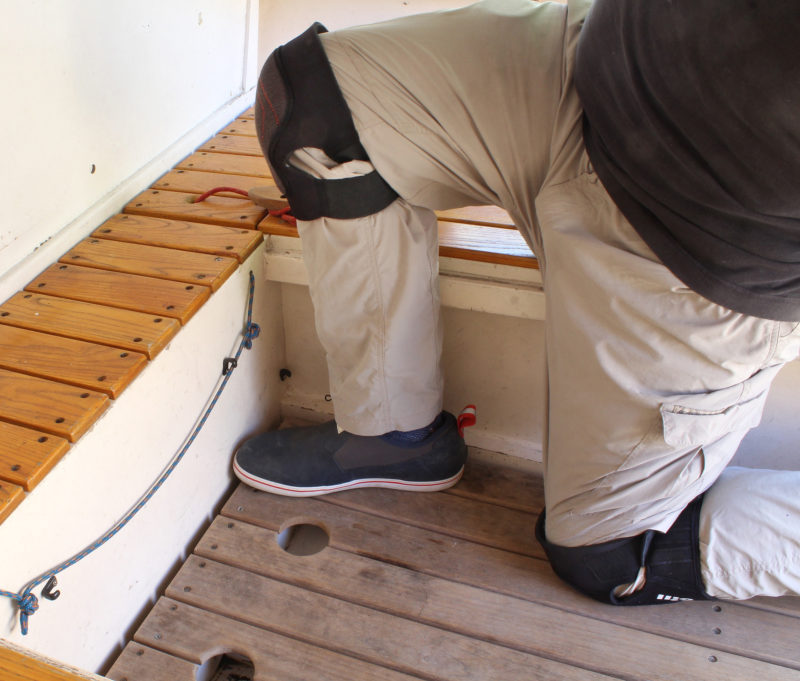
Gill’s kneepads cut a slim profile and offer just enough padding to protect the knees during onboard activities.
On a visit to West Marine I found and bought a pair of neoprene knee pads that are manufactured by Gill, a company specializing in apparel and equipment for dinghy sailors. They’re made of 5mm fabric-faced neoprene and contoured by glued and sewn darts to fit around the kneecap. The straps are secured with Velcro behind the knee (above and below), and have enough stretch for me to wear the pads over the combination of pants and rain pants. The cushions sewn to the front of the knee pads bring the combined thickness to 3/8″. Compared to my other knee pads, that’s not very thick, but the Gill knee pads aren’t meant to provide the same level of protection. There’s no need to guard against rocks in the garden or nails and screws on the shop floor. The cushions have a coarse, textured weave to resist wear and provide a bit of a grip.
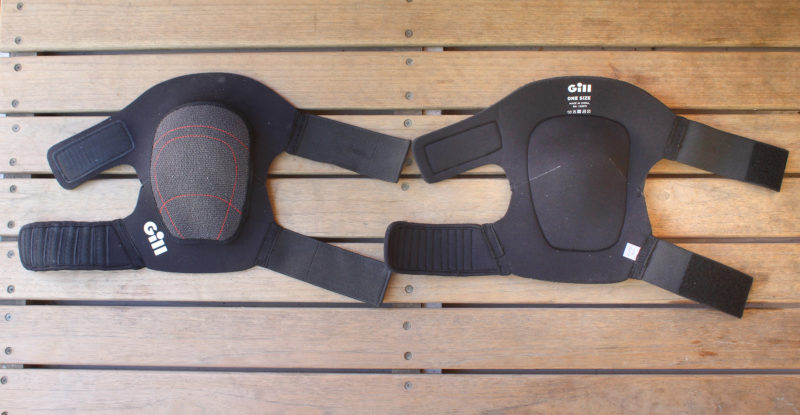
The exterior of the pad (left) has a second layer of cushioning, which is covered by an abrasion-resistant fabric. The inside surface (right) shows the darts that give the knee pads their form-fitting shape.
The knee pads are comfortable to wear over pants and stay put. On bare skin, the edges of the straps can feel a bit sharp, but I never go boating wearing shorts, preferring pants for either warmth or sun protection. The padding is just enough to provide comfort while kneeling in the cockpit or crawling around. If I were to kneel on a bit of crushed gravel, a wing nut, or a drywall screw—I’ve tried them all—the contact is noticeable but not painful. The slim profile of the knee pads doesn’t get hung up moving about in tight quarters. And when wet, the fabric facings will absorb some water, about 1-1/4ounce per knee pad, but the closed-cell neoprene core doesn’t and won’t get squishy like wet sneakers.
With the Gill neoprene knee pads I don’t dread crawling over the foredeck or across the cabin roof for the umpteenth time, and my knees can take part in the cruising comforts that the rest of me enjoys. ![]()
Christopher Cunningham is the editor of Small Boats Magazine.
Gill’s Neoprene Knee Pads, model 4519, are available from the manufacturer as well as Amazon, West Marine, and other marine suppliers for about $44.95.
Is there a product that might be useful for boatbuilding, cruising, or shore-side camping that you’d like us to review? Please email your suggestions.
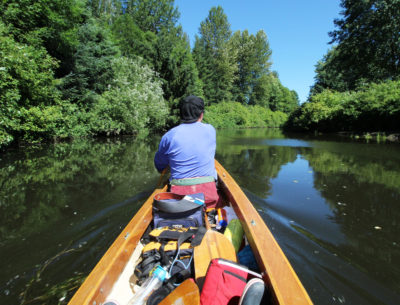

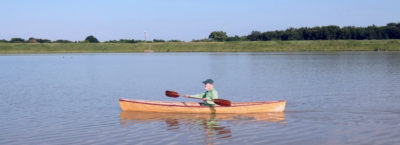
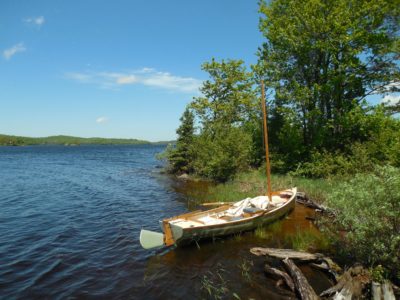
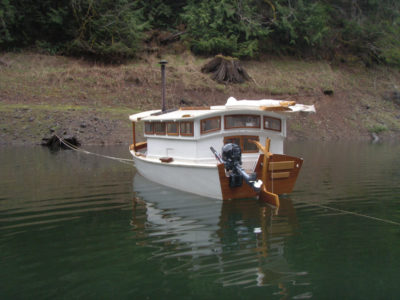
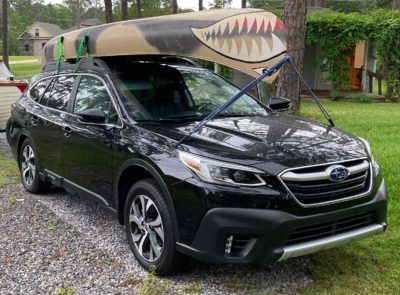

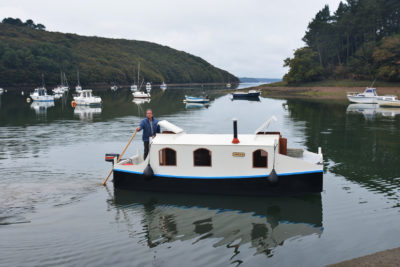
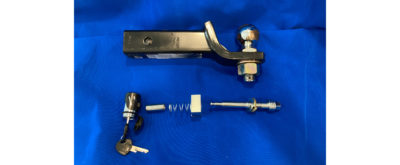

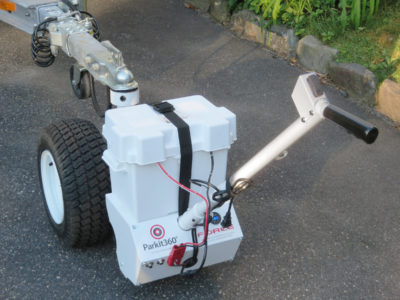

I have not tried these pads but I seem to wear out the velcro on my knee pads long before the pads themselves are worn out. I have better luck with buckles or stud and loop strap closures.
Your recent article on Gill knee pads was spot on. I love mine and always keep two pairs on hand in case I lose one. I have had knee injuries in the past and just dread bumping my left knee’s patella into something solid. That would end it for me as I am doing all I can to keep from having that knee replaced. I still manage to run 4 miles on it every other day, so I take a lot of precautions to keep from further damaging my shaky patella. I tried every kind of knee pad out there including my son’s wrestling pads from years ago. The Gills seem ergonomically the best.
Proud sponsor Fisheries Supply also carries these pads.
Here’s a slightly different approach: The pants I most often wear are from a company called Tru-Spec who make clothing aimed mainly at police and other first responders. They’re extremely sturdy and hard-wearing, and they have (or at least the ones I buy have) an extra panel of fabric sewn inside the knee.
By itself, it’s reinforcement for a high-wear area, but it’s also left unstitched at the top to form a large, rectangular pocket over the knee into which you can slip a piece or two of neoprene or any other sheet padding. Then you have comfortable knee pads that don’t have to be strapped on and are pretty much invisible. You could go out to dinner with them still in place without attracting funny looks.